Home>Others>Specialized Home Improvement Topics>Why Does Frost Form On Car Windows
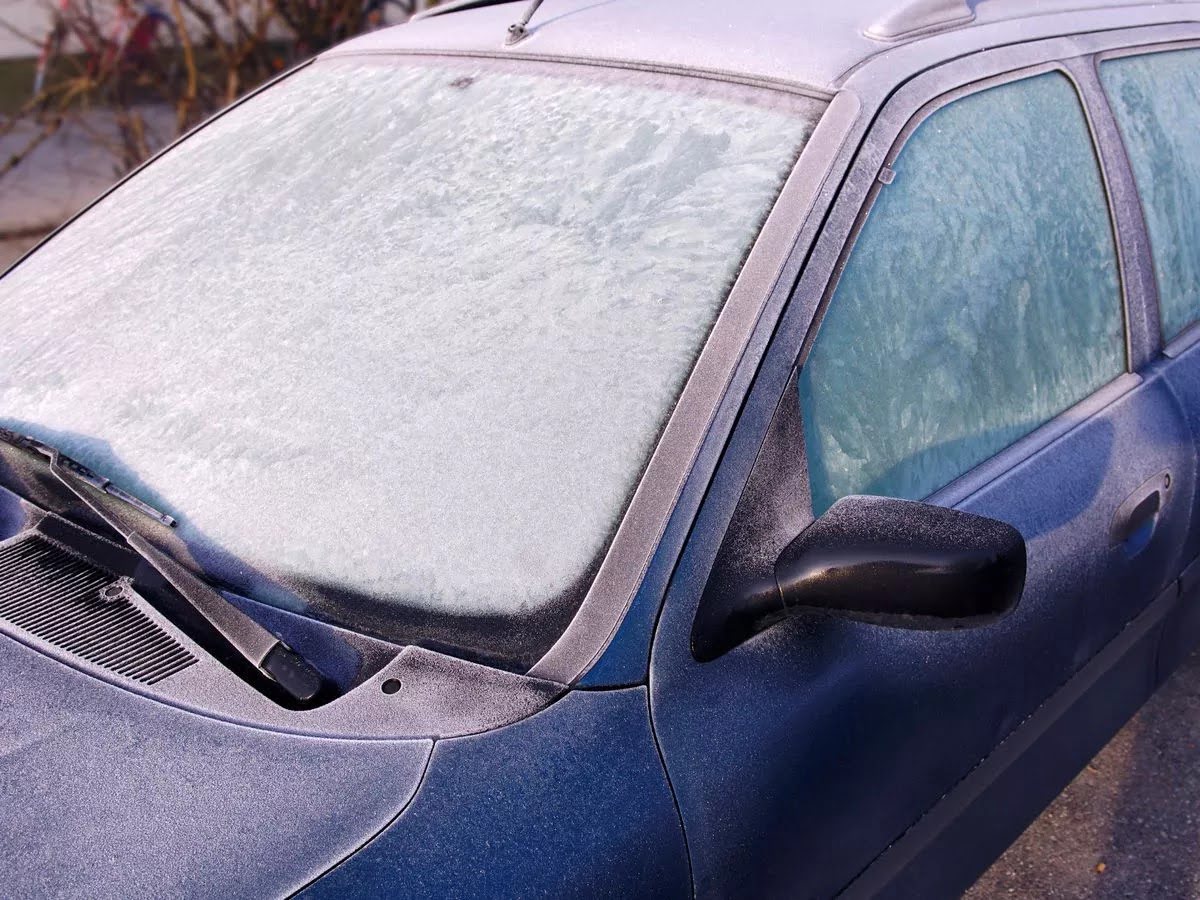

Specialized Home Improvement Topics
Why Does Frost Form On Car Windows
Modified: January 19, 2024
Discover the reasons behind frost forming on car windows and learn how to prevent it with specialized home improvement tips. Explore effective solutions for frost buildup.
(Many of the links in this article redirect to a specific reviewed product. Your purchase of these products through affiliate links helps to generate commission for Storables.com, at no extra cost. Learn more)
**
Introduction
**
Have you ever woken up on a chilly winter morning, only to find your car windows covered in a delicate layer of frost? The sight of intricate ice crystals glistening in the early light can be mesmerizing, but it also presents a practical challenge. Understanding why frost forms on car windows and how to prevent it can save you time and effort on frosty mornings.
Frost formation on car windows is a natural occurrence that arises from a combination of environmental factors and the properties of the materials involved. While it may seem like a mere inconvenience, frost can impact visibility and safety when driving. In this article, we will delve into the science behind frost formation, explore the contributing factors, and discuss practical strategies to prevent its occurrence. By gaining insight into this phenomenon, you can better equip yourself to tackle frosty mornings with ease and confidence.
**
Key Takeaways:
- Frost forms on car windows when water vapor in the air turns directly into ice crystals due to cold temperatures. Factors like temperature, humidity, and materials influence frost formation.
- To prevent frost on car windows, use a windshield cover, park in sheltered areas, reduce humidity, apply frost-resistant coatings, run the defroster, and keep windows clean. These measures save time and ensure clear visibility for safe driving.
Understanding Frost Formation
**
Frost forms on car windows through a process known as deposition. When the temperature drops below freezing, moisture in the air can transition directly from a gaseous state to solid ice crystals without passing through the liquid phase. This moisture often comes from the condensation of water vapor present in the atmosphere. As the exterior surface of the car windows becomes colder than the surrounding air, the water vapor in the air undergoes deposition, forming frost on the glass.
The intricate patterns of frost are a result of the unique crystalline structure of ice. As water vapor molecules come into contact with the cold surface of the window, they arrange themselves into delicate, branching formations, creating the mesmerizing patterns that we often observe on frosty mornings.
It’s important to note that the formation of frost is influenced by various factors, including temperature differentials, humidity levels, and the thermal conductivity of the materials involved. By gaining a deeper understanding of these factors, we can effectively address the challenge of frost formation on car windows.
**
Factors Contributing to Frost on Car Windows
**
Several key factors contribute to the formation of frost on car windows, each playing a crucial role in the intricate process. Understanding these factors can provide valuable insights into managing and preventing frost accumulation.
1. Temperature Differentials
Temperature differentials between the exterior environment and the car's interior play a significant role in frost formation. When the exterior temperature drops below freezing, the car windows become cold, leading to the deposition of water vapor present in the air. The temperature difference between the interior and exterior surfaces of the windows influences the rate at which frost forms, with larger differentials often resulting in more rapid accumulation.
2. Humidity Levels
Humidity levels in the surrounding air also impact the likelihood of frost formation. Higher humidity means that there is more moisture available for deposition, increasing the potential for frost to develop on the windows. In regions with high humidity, such as coastal areas, frost formation may occur more frequently, especially during cold spells.
3. Thermal Conductivity of Materials
The thermal conductivity of the materials involved, including the glass windows and the car's body, influences how quickly they reach the ambient temperature. Materials with higher thermal conductivity can rapidly cool down, promoting faster frost formation. Additionally, the presence of any insulation or window treatments can affect the rate at which the windows cool and subsequently accumulate frost.
4. Windshield Angle and Shape
The design and angle of the windshield and other windows can impact frost formation. Certain shapes and angles may promote the accumulation of frost due to airflow patterns and the distribution of cold air. Understanding the aerodynamics of the vehicle can provide insights into potential areas of frost buildup.
5. Environmental Conditions
External environmental conditions, such as the presence of nearby trees or buildings that affect air circulation, can influence frost formation. Sheltered areas may experience more rapid frost buildup, while open spaces may have less pronounced frost development.
By considering these factors, drivers can gain a deeper understanding of the conditions that contribute to frost formation on car windows, empowering them to implement effective preventive measures and minimize the impact of frost on their daily routines.
**
To prevent frost from forming on car windows, try using a mixture of 2/3 vinegar and 1/3 water to spray on the windows the night before. This can help prevent frost from forming.
Preventing Frost Formation
**
While frost formation on car windows is a natural occurrence, there are several practical strategies that can help prevent or minimize its impact, making chilly mornings more manageable.
1. Use a Windshield Cover
One effective method to prevent frost buildup is to use a windshield cover or frost guard. These specially designed covers shield the windshield from direct exposure to the elements, reducing the likelihood of frost formation. Additionally, they can save time in the morning by eliminating the need to scrape off frost.
2. Park in a Garage or Sheltered Area
If possible, parking the car in a garage or a sheltered area can significantly reduce the likelihood of frost accumulation. Sheltered spaces offer protection from the elements, helping to maintain the temperature of the car windows closer to the ambient temperature and minimizing the conditions conducive to frost formation.
3. Use a Dehumidifier
Reducing the humidity inside the car can limit the moisture available for frost formation. Using a car dehumidifier or desiccants can help absorb excess moisture, creating a less favorable environment for frost to develop on the windows.
4. Apply a Frost-Resistant Coating
Specialized frost-resistant coatings are available for car windows, which can help mitigate frost formation. These coatings can reduce the adhesion of frost to the glass, making it easier to clear any frost that does form.
5. Run the Defroster
Utilizing the car’s defroster can help clear existing frost and prevent its reformation. Running the defroster with the heater can warm the windows and evaporate any accumulated moisture, reducing the likelihood of frost buildup.
6. Keep Windows Clean
Regularly cleaning the car windows can help maintain their thermal properties and reduce the likelihood of frost formation. Clean windows are less likely to retain moisture, minimizing the conditions conducive to frost development.
Implementing these preventive measures can help mitigate the impact of frost formation on car windows, streamlining your morning routine and ensuring clear visibility for safe driving.
**
Conclusion
**
Understanding the science behind frost formation on car windows and the factors that contribute to this natural occurrence can empower drivers to proactively address the challenges posed by frosty mornings. By recognizing the role of temperature differentials, humidity levels, thermal conductivity, and environmental conditions, individuals can implement practical strategies to prevent or minimize the impact of frost accumulation.
From utilizing windshield covers and parking in sheltered areas to employing dehumidifiers and applying frost-resistant coatings, there are various effective methods to combat frost formation. These measures not only save time and effort but also contribute to safer driving conditions by ensuring clear visibility on frosty mornings.
As we navigate the seasonal transitions and encounter frosty mornings, incorporating these preventive strategies into our routines can enhance our overall driving experience. By staying informed and proactive, we can effectively manage the challenges presented by frost formation, enabling us to start our days with clarity and confidence.
Ultimately, a deeper understanding of frost formation and the implementation of preventive measures can transform frosty mornings from a potential hassle into an opportunity to showcase our preparedness and resilience. Armed with this knowledge, we can navigate the winter season with greater ease and ensure that our journeys begin with clear, frost-free windows.
Frequently Asked Questions about Why Does Frost Form On Car Windows
Was this page helpful?
At Storables.com, we guarantee accurate and reliable information. Our content, validated by Expert Board Contributors, is crafted following stringent Editorial Policies. We're committed to providing you with well-researched, expert-backed insights for all your informational needs.
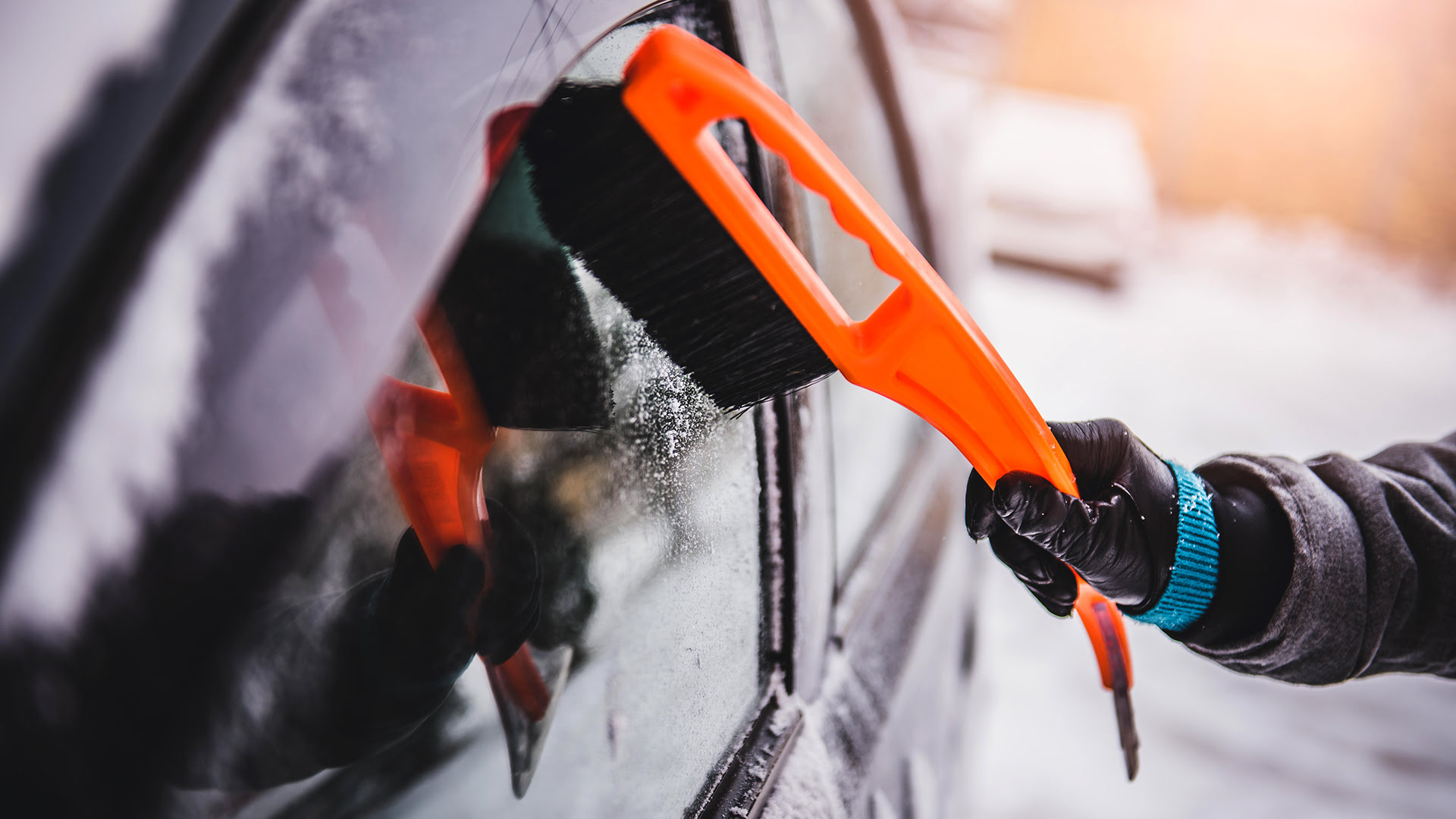
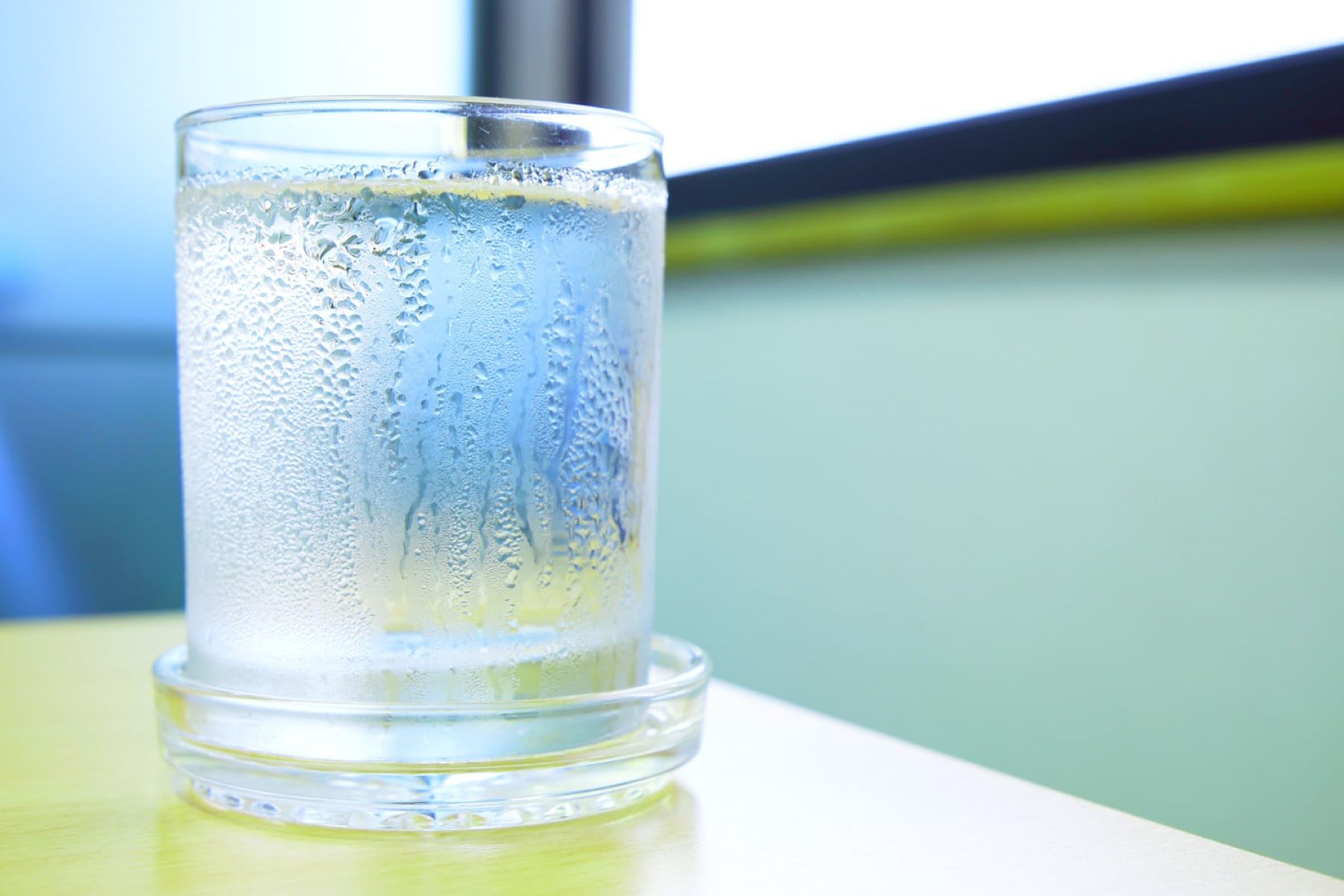
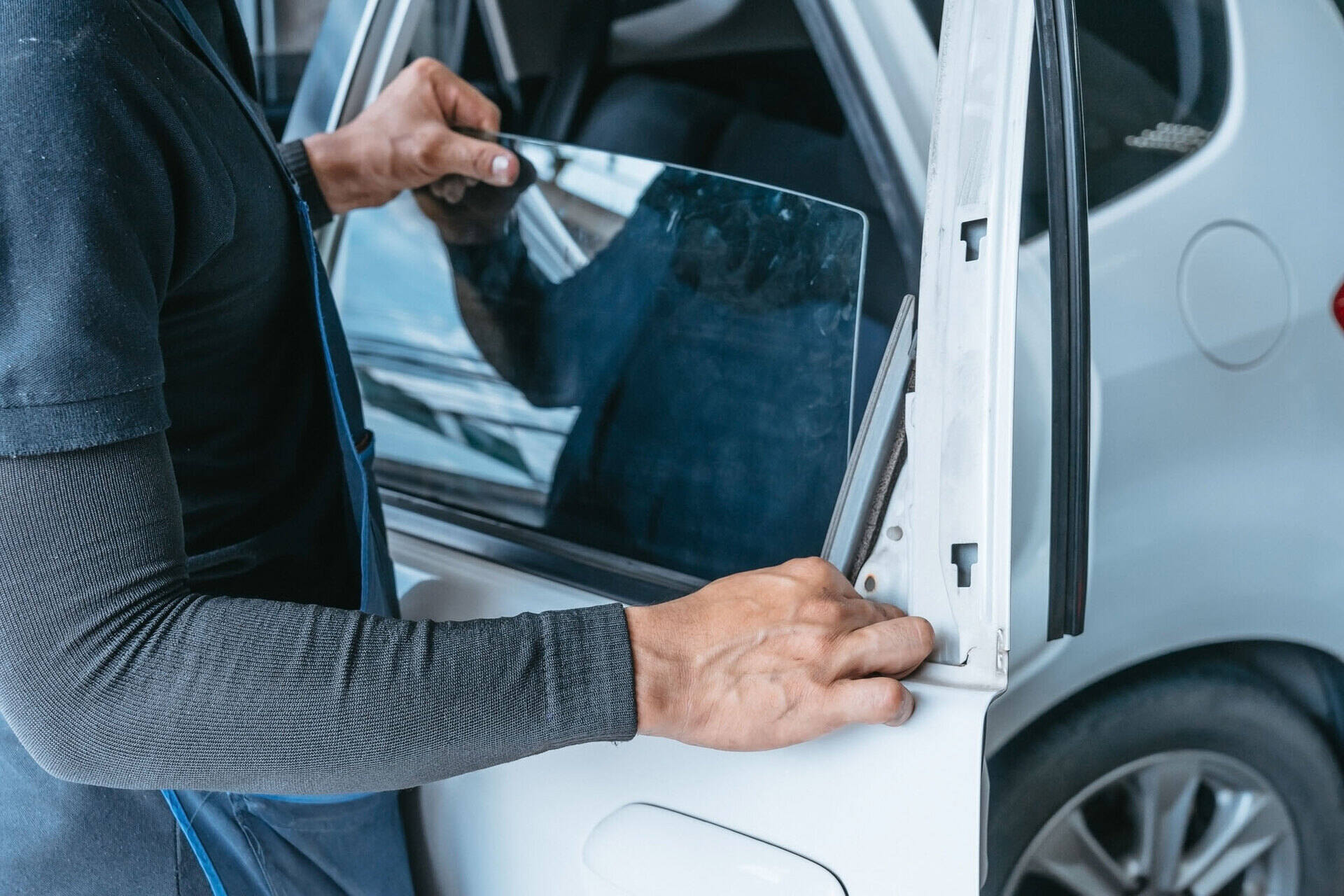
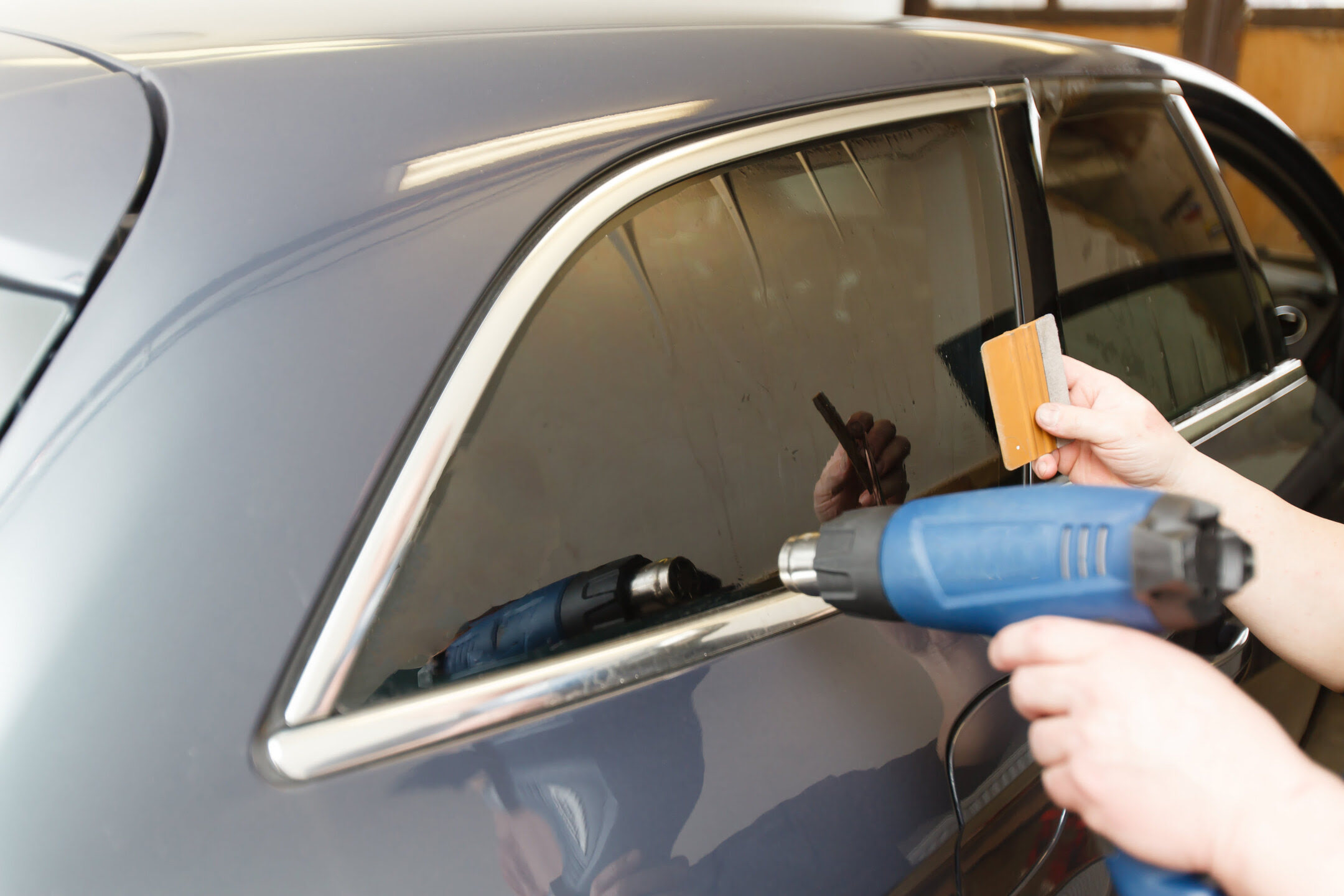
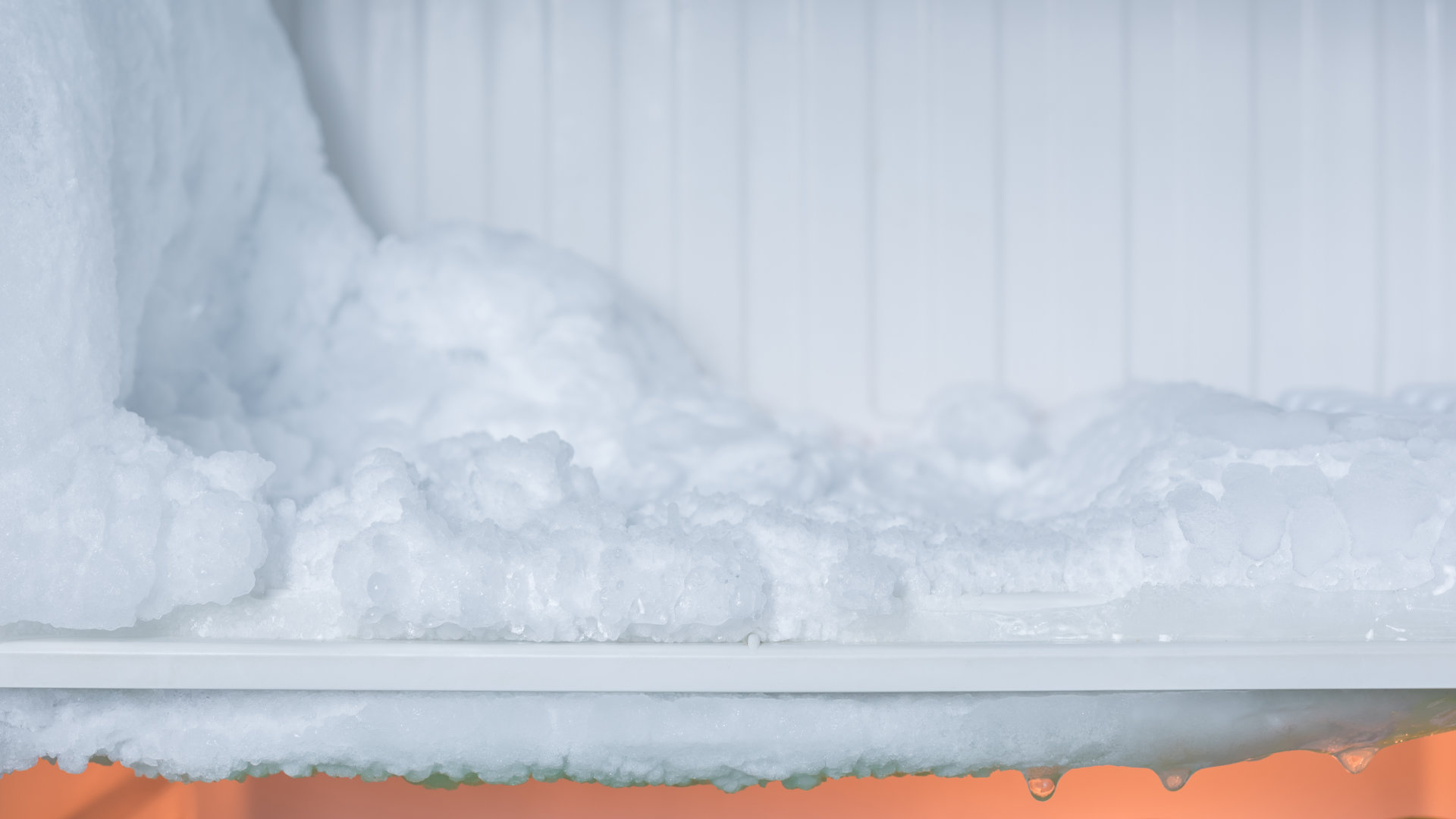
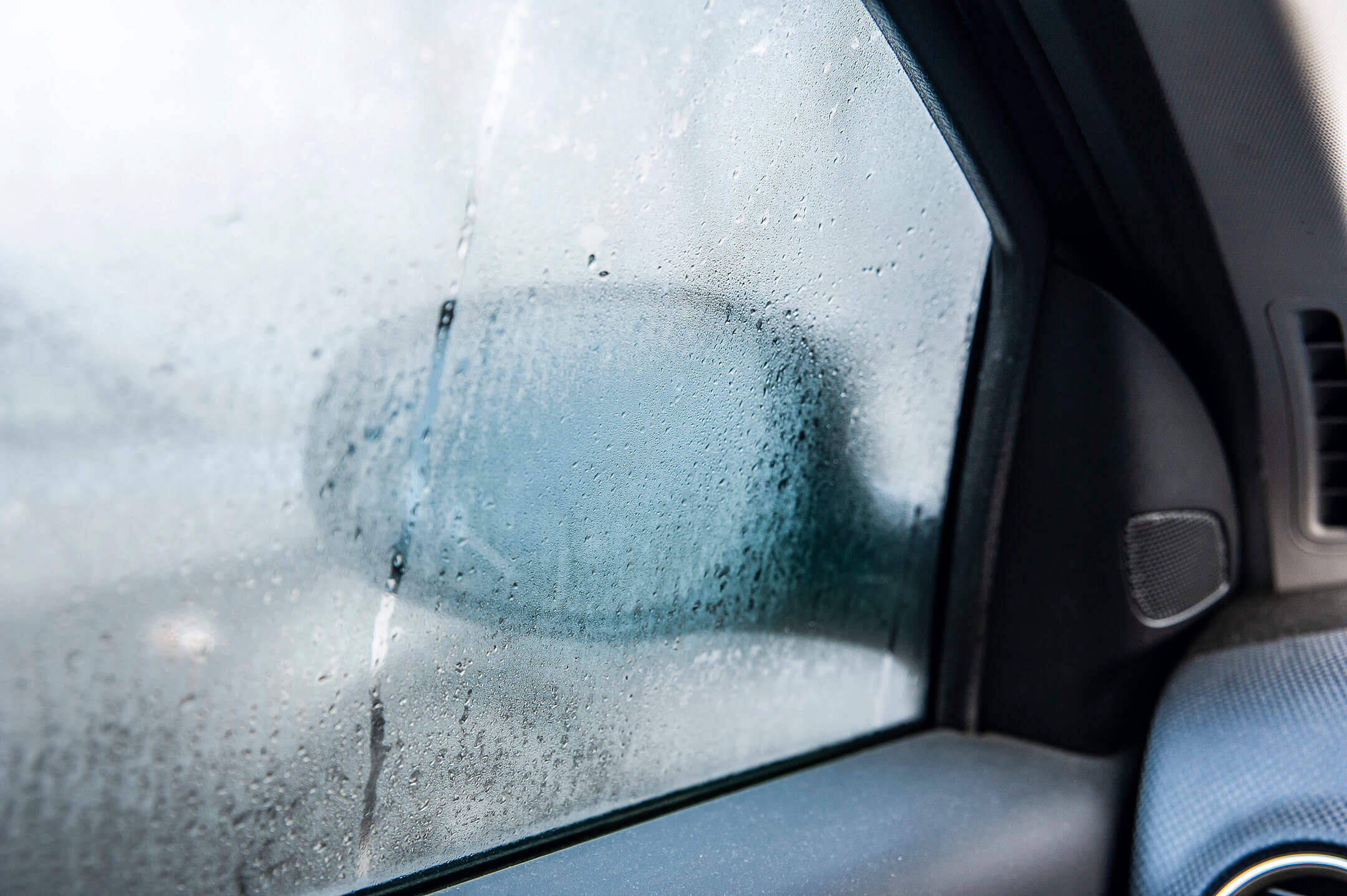


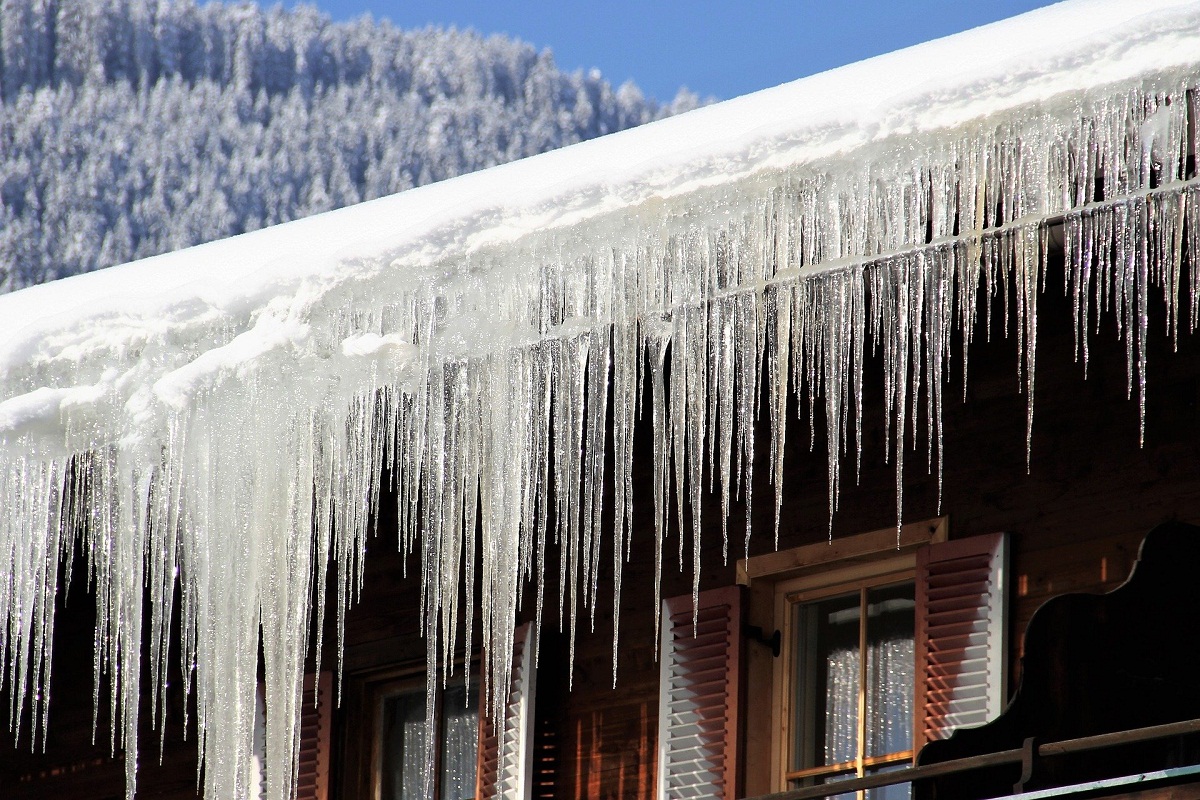
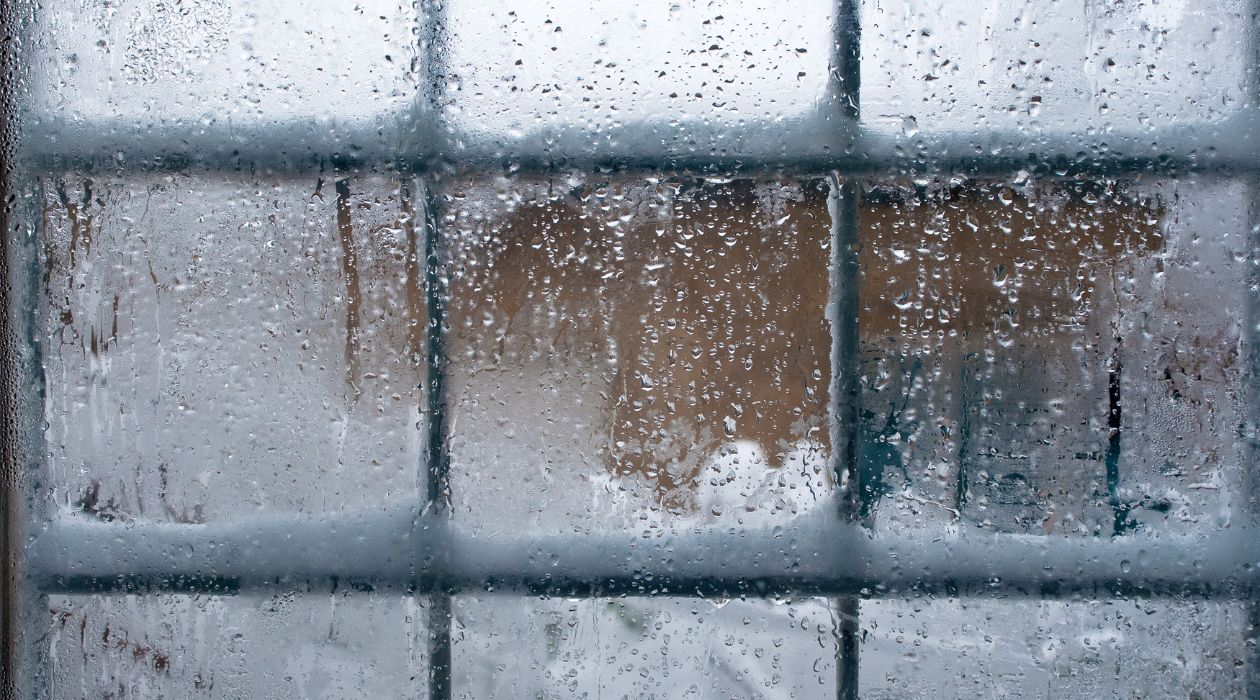

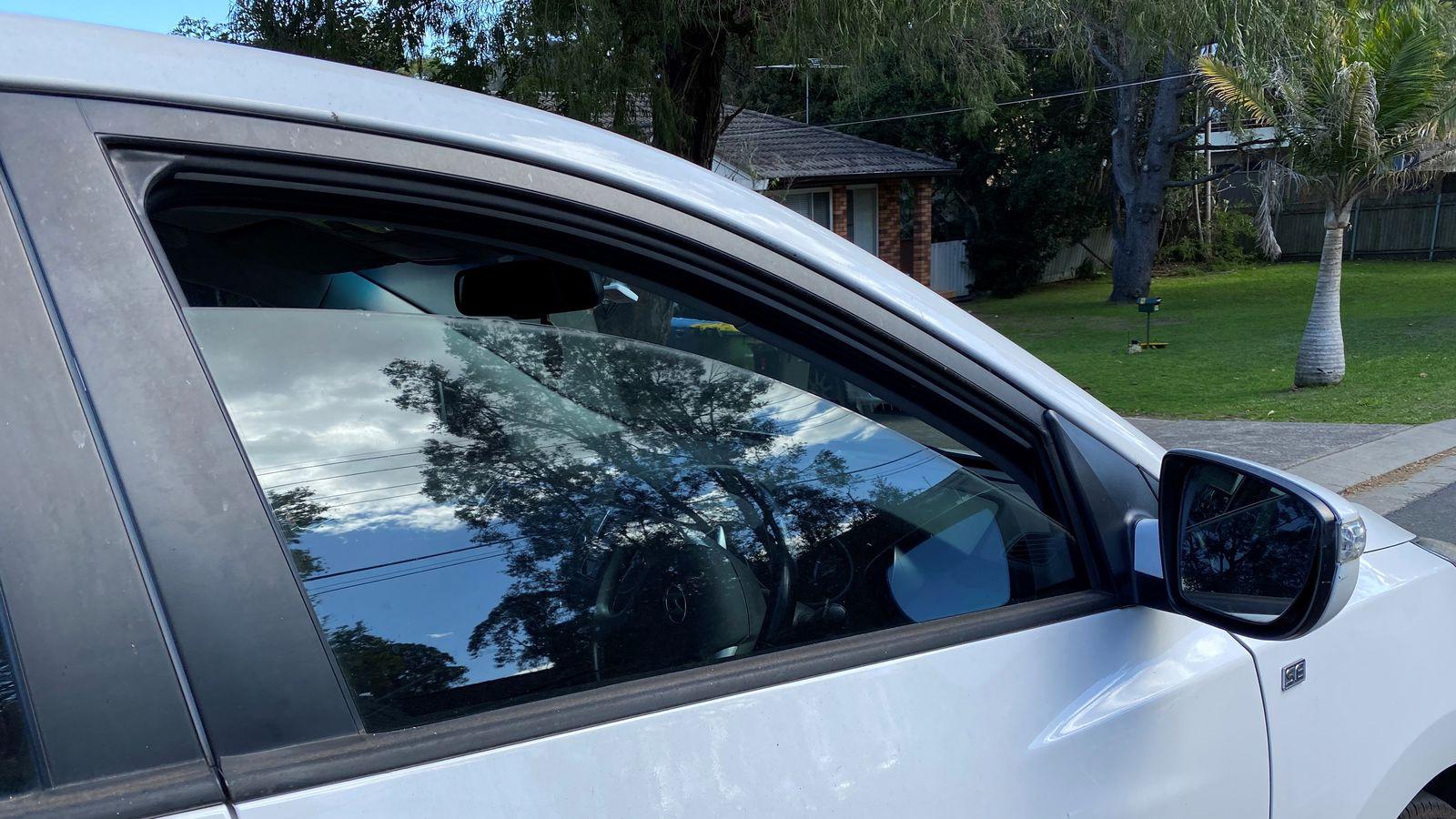
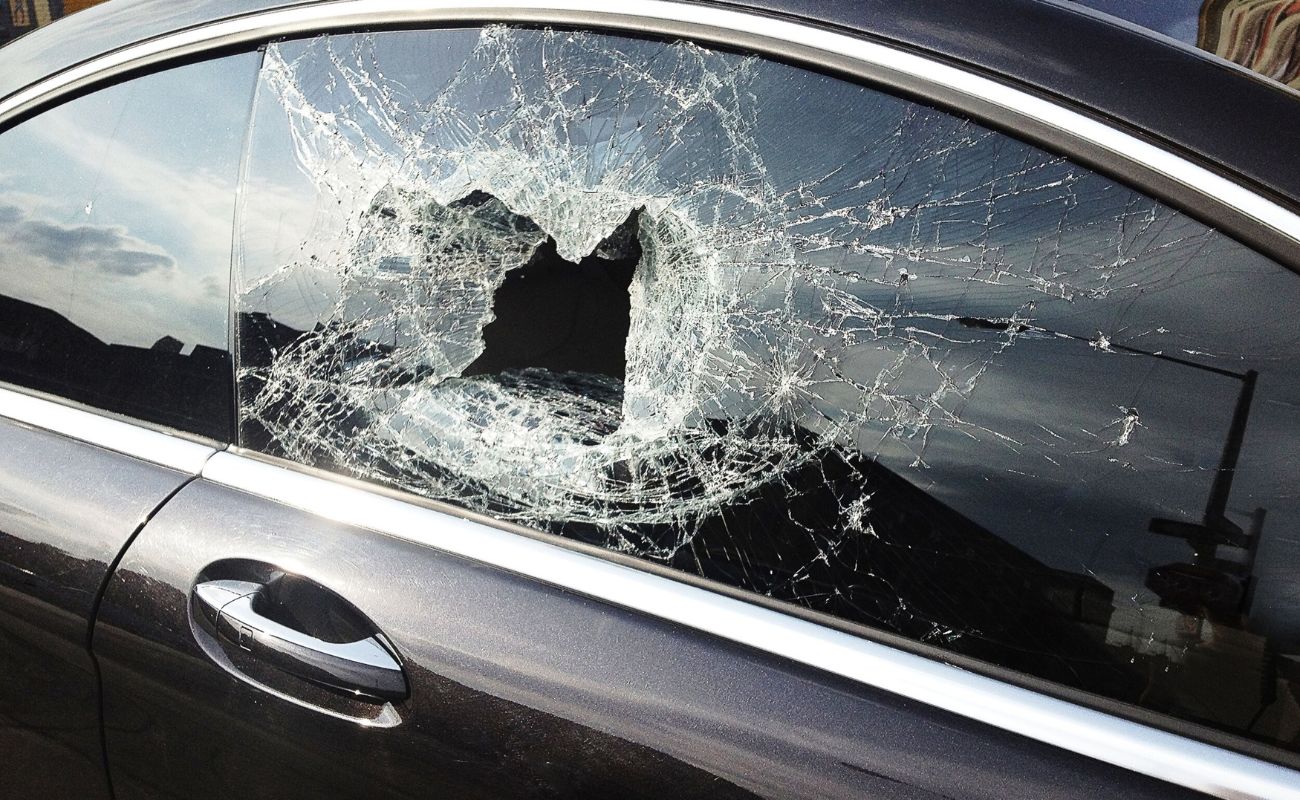
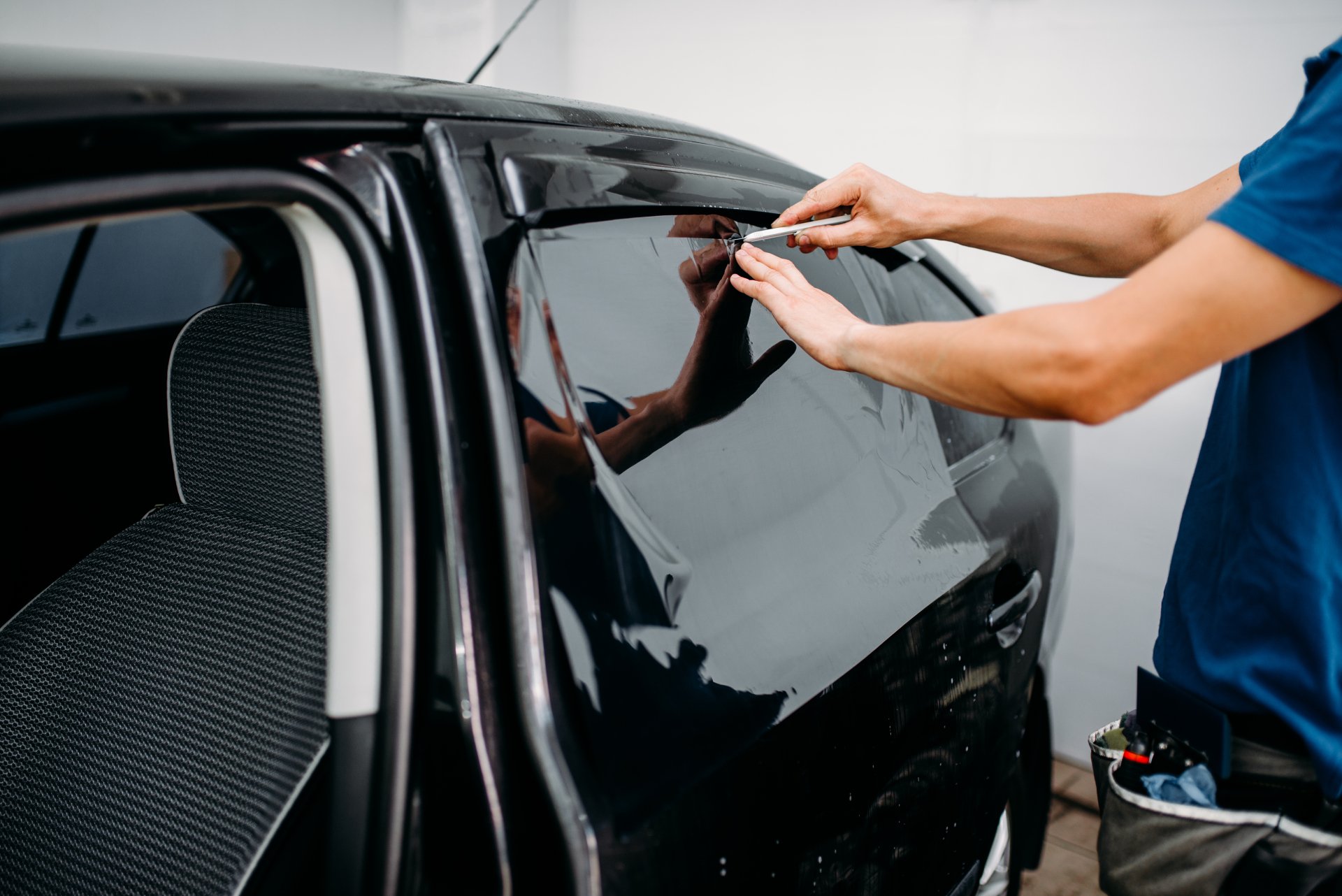
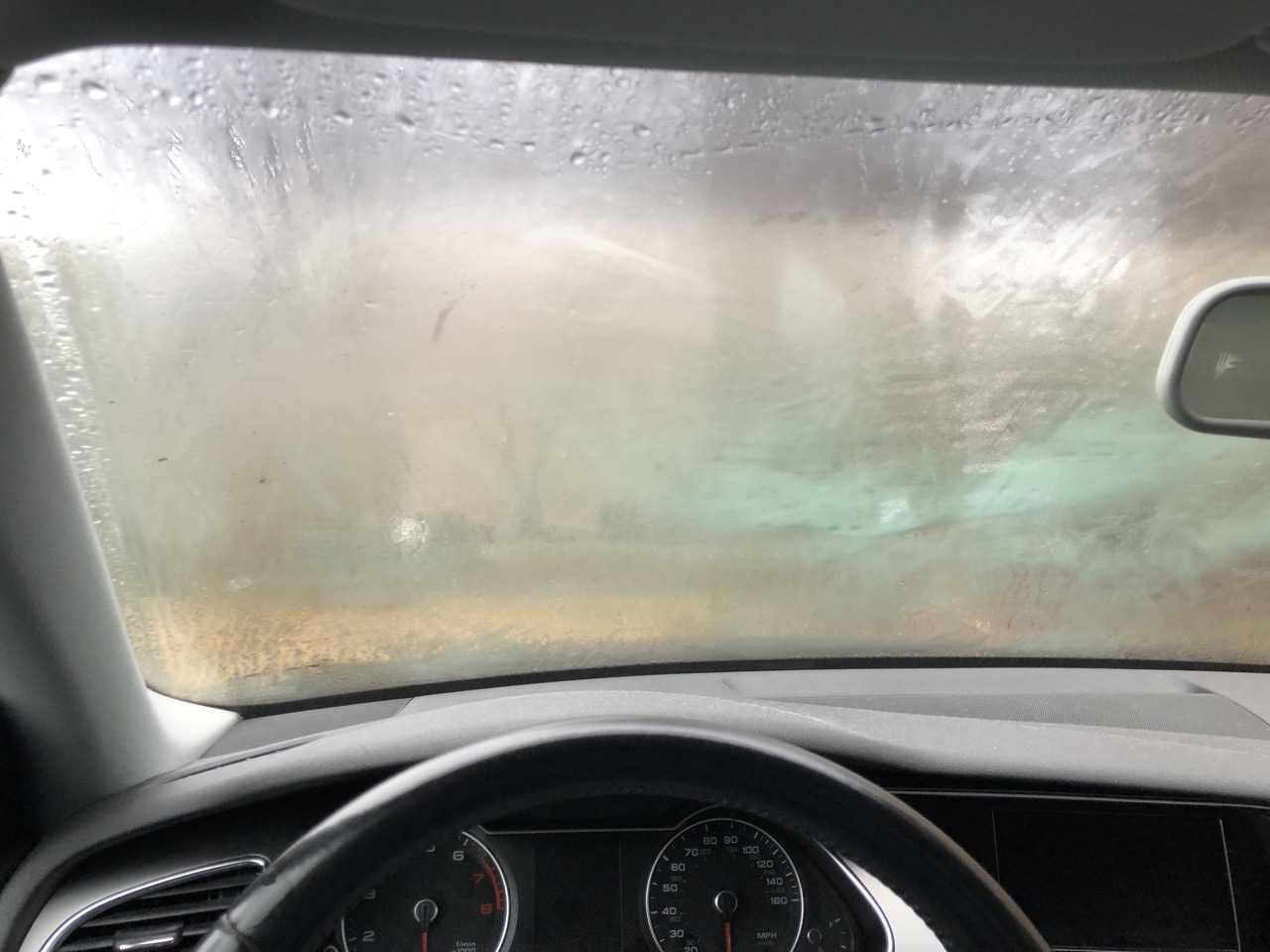

0 thoughts on “Why Does Frost Form On Car Windows”